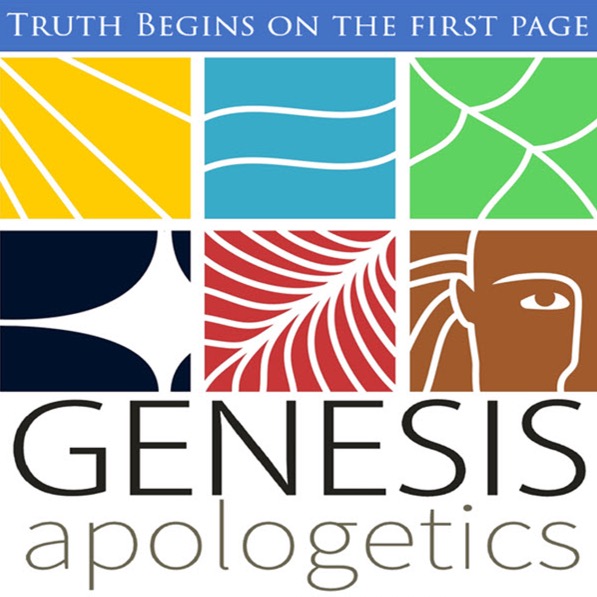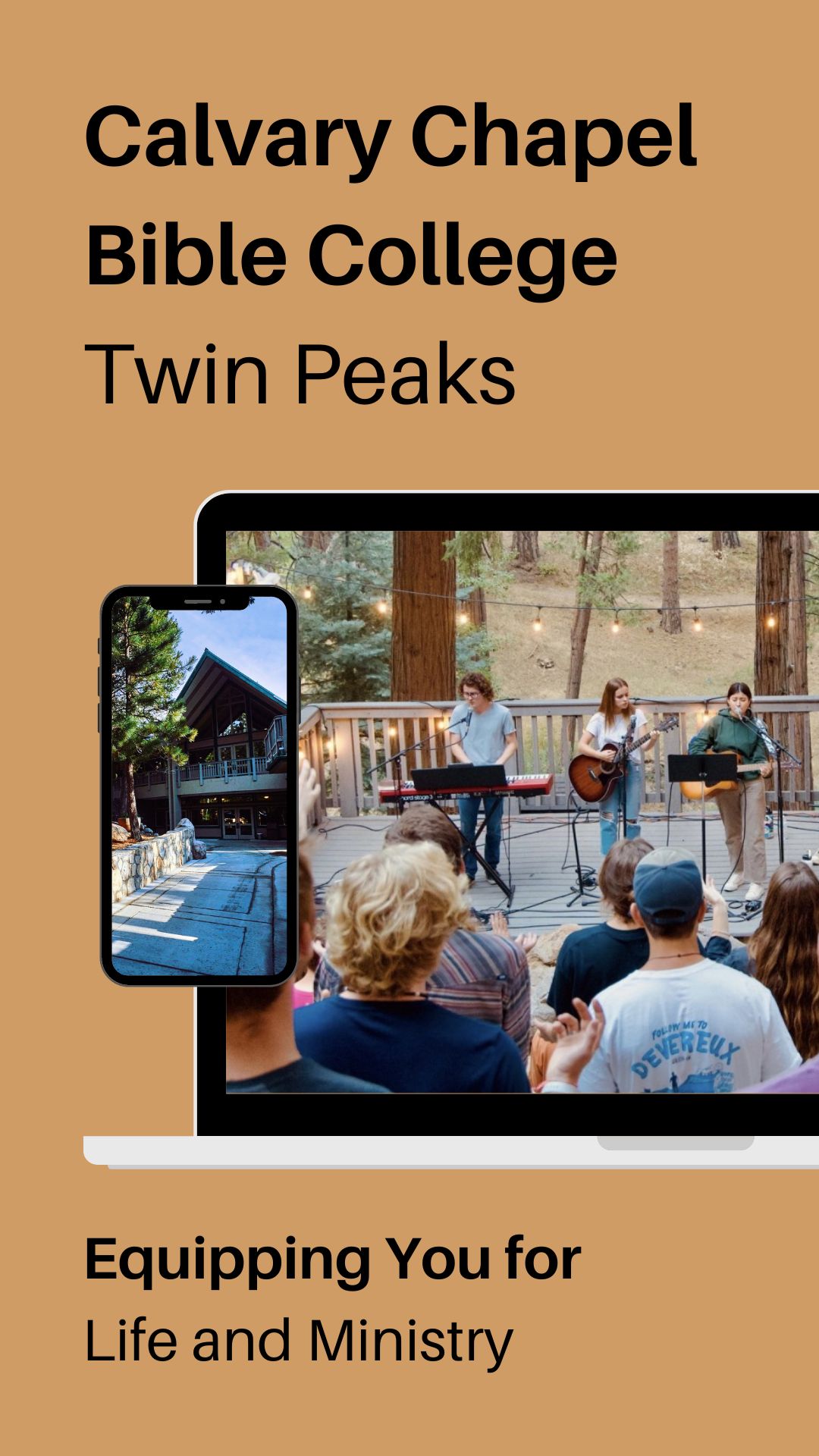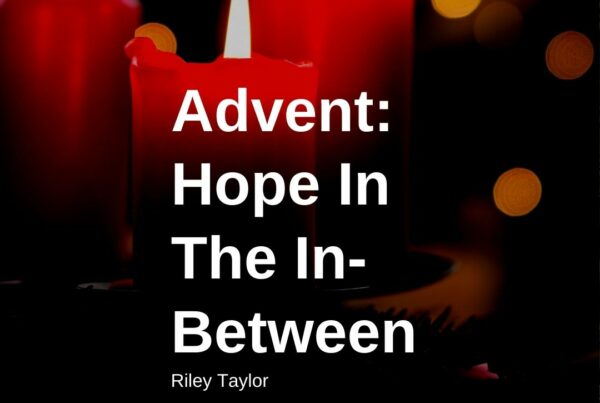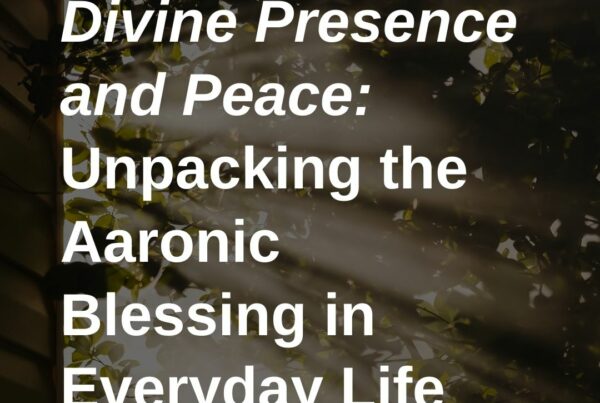
By Jeff E. Gipe, with contributions from Mary Pero.
Like millions of others, I spent the month of February binge watching the latest season of The Chosen, written and produced by Dallas Jenkins. I enjoy how the show continues to creatively reimagine the everyday life of Jesus and His followers, particularly the women who traveled with and supported Jesus. In a recent episode (Season 3, Episode 6), Mary Magdalene and another character named Tamar are shown working together to raise funds for the ministry. Although this scene is not found in the scriptures, it did pique my curiosity: what does the Bible say about the women who traveled with Jesus?
The “Certain Women” of Luke 8
I began my search in the Gospel of Luke. Luke tends to notice and include more detail than his fellow gospel writers, and it turns out, spotlights women more than the other gospels as well. In Luke 8, we find Jesus and the twelve disciples traveling and teaching in the region of Galilee on His second tour through the area.[1] And this time, He is not alone. In addition to the disciples, Jesus is traveling with a group of women.
“Now it came to pass, afterward, that He went through every city and village, preaching and bringing the glad tidings of the kingdom of God. And the twelve were with Him, and certain women who had been healed of evil spirits and infirmities—Mary called Magdalene, out of whom had come seven demons, and Joanna the wife of Chuza, Herod’s steward, and Susanna, and many others who provided for Him from their substance” (Lk 8:1–3 NKJV, emphasis mine).
Women traveling with Jesus and His disciples would have been uncharacteristic of rabbis in that day and quite radical. In fact, many rabbis refused to teach women because they were considered inferior. In their interpretation of the healing of the woman with the issue of blood, The Chosen does an excellent job of showing just how radical Jesus was (Season 3, Episode 5). According to the purity laws, she should not have even touched the hem of Jesus’ garment (Lv 15:19-23). The crowd was upset that they too could have been made unclean. But Jesus does not admonish her. Instead, He affirms and heals her, saying, “Daughter, your faith has made you well. Go in peace, and be healed of your affliction” (Mk 5:34 NKJV).
The women with Jesus had also been healed of evil spirits and infirmities. Much like the disciples, they had been made whole and transformed by the life and ministry of Jesus. They entered into a new life of following Him. It seems however, we often overlook their presence and contributions simply because the gospels do not say as much about them as they do about the disciples. While Luke does give us some information about them, he does not tell us much. Interestingly, the gospels also never tell us any of these women doubted or denied Him, as some of the disciples did. Indeed, they would later be the ones found at the cross, burial of Jesus, empty tomb, and the first ones to share the news of Jesus’ resurrection.
According to Luke’s gospel, these women “provided for [Jesus] from their own substance,” or from their own “resources” (cf. Lk 8:3 NKJV; NLT). It is interesting to me that Luke uses the Greek word, diēkonoun, translated here as “provided,” and meaning to minister, or to serve.[2] This same Greek word is elsewhere translated as “deacon” (cf. Mk 15:41; Acts 6:1–6). It would seem that Luke saw these women not just as those who had been healed, but as deaconesses—faithful ministers working for the Lord. And rightly so! These women were funding the needs of Jesus, the disciples, and the ministry from their own pockets. The significance of their contributions cannot be overstated.
Spotlight on Mary Magdalene, Joanna, and Susanna
Of those “certain women” providing for Jesus and serving alongside the disciples, Mary Magdalene is one of the three women named. She is mentioned twelve times in the various gospels. While she is mostly known for having been set free from seven demons, she also faithfully followed Jesus to the foot of the cross (Mk 15:40; Mt 27:56; Jn 19:25), was at His burial (Mt 27:60), visited His empty tomb (Mt 28:1), was first to see Him after His resurrection (Jn 20:14), and was the one to share the news with the disciples (Jn 20:1-18). No doubt her life was an example not only to the other women, but to the disciples as well.
Joanna is the second woman to be named in Luke 8. Her name means God is generous. As the wife of Chuza, the steward of Herod Antipas, she would have been in the upper class of society and quite wealthy. She may have had everything, but she still needed Jesus. We do not know whether Joanna was healed of infirmities or evil spirits, but in either case, she was set free and gave her life and her wealth to serve Him. Luke does not hesitate to name Joanna again as one of the women who found the empty tomb and “told all these things to the apostles” (Lk 24:10 NKJV).
The third woman named by Luke is Susanna. This is the only place where she is named. It is possible she was also with the women at the tomb, but we do not know for sure. What we do know is that she had been healed and made whole by Jesus and was a supporter of His city-to-city ministry.
Working and Serving in Response to Healing
In Hebrew, the word for “whole” is shalom. Susan Perlman, author and one of the founders of Jews for Jesus, defines it this way, “The ancient Hebrew concept of peace, rooted in the word “shalom,” meant wholeness, completeness, soundness, health, safety and prosperity, carrying with it the implication of permanence.”[3] Today, Jews around the world still greet one another by saying, “Shalom.” It is a wish of wholeness, completeness, or peace to the one being greeted. Shalom is the type of healing these women found when they met Jesus. You might say, complete wholeness. In response, they became a part of Jesus’ ministry by traveling with Him, serving Him, and supporting the work.
While The Chosen shows the women working together to raise funds for the ministry, the Bible gives us a few more clues as to the type of work they were doing. As I have already mentioned, some of these women were wealthy and providing for Jesus and His disciples out of their own personal resources. They were giving to the ministry. No doubt these women were also telling and teaching others about Jesus, much like Anna, the prophetess who remained at the temple serving the Lord and telling everyone who was looking for redemption about Jesus (Lk 2:38).
How easy it is to overlook Luke’s later commentary of Mary who was “listening to what [Jesus] taught” (Lk 10:38 NLT). Mary’s sister Martha wanted her relegated to the kitchen, the traditional place for women of that day. But Jesus rebuked her, saying, “My dear Martha, you are worried and upset over all these details! There is only one thing worth being concerned about. Mary has discovered it, and it will not be taken away from her” (Lk 10:41-42 NLT). Mary was being taught by Jesus—and He was not rebuking her. I do not think it is a stretch to say that He was teaching her in hopes that she would share His teachings with others.
These women were working and serving the Lord right alongside of the disciples. The Hebrew word for “work” is abad, meaning to service, service to God and to others.[4] Of the 289 times the word abad is found in the Bible, 124 of them are translated as “worship.” In other words, Jesus transforms our work into worship. Dr. Gerry Breshears defines work this way: “Work is the gracious expression of YHWH’s creative energy in service of others to create Shalom.” These “certain women” had been transformed—healed and made whole by Jesus—and in turn, were allowing Him to turn their wealth and work into a form of worship.
Gratitude for The Chosen
I am thankful for The Chosen’s creators for their recreating and reimagining the everyday lives of Jesus and His followers, and especially for highlighting the often overlooked lives of the women. The significance of the women’s work and worship cannot be overstated—in biblical times and still today.
References
[1] This is likely the second tour of Jesus as the disciples are mentioned; whereas in Luke 4, what is thought to be His first tour, the twelve disciples have not yet been formally chosen.
[2] See G1247 (diakoneō) in Strong’s Greek Lexicon (NLT). Retrieved from https://www.blueletterbible.org/lexicon/g1247/nlt/mgnt/0-1/.
[3] Susan Perlman, “What is Shalom: The True Meaning,” Jews for Jesus. Inherit magazine, August 27, 2018. https://jewsforjesus.org/publications/inherit/what-is-shalom-the-true-meaning.
[4] Warren Baker and Eugene Carpenter, eds., The complete word study dictionary: Old Testament (Chattanooga: AMG Publishers, 2003), 794–795.













